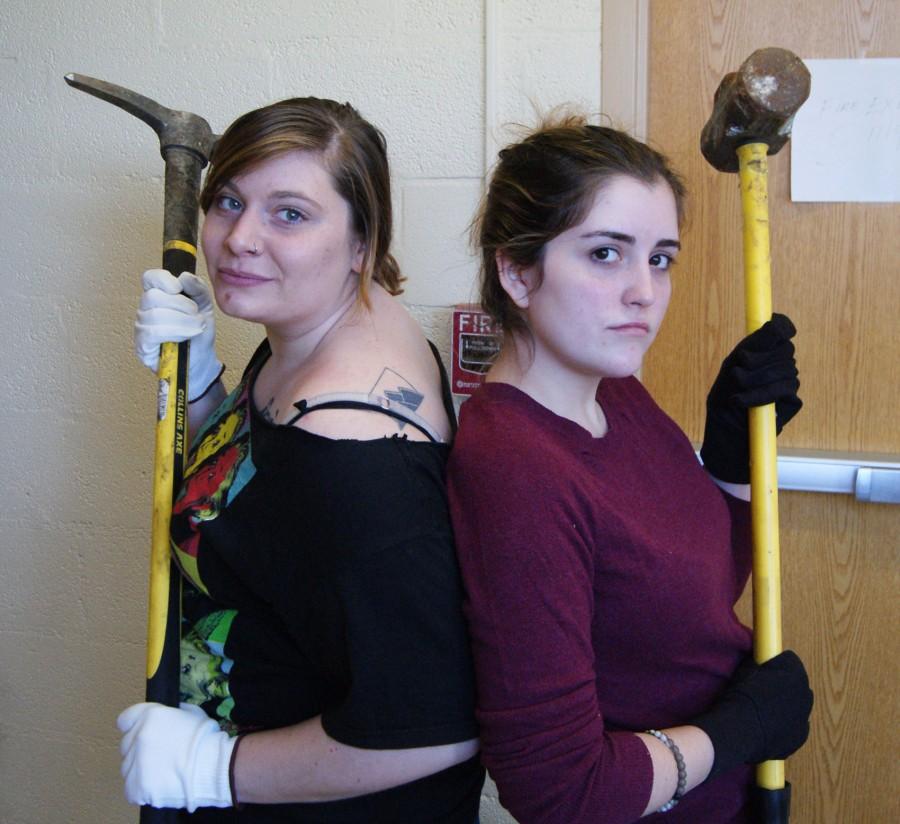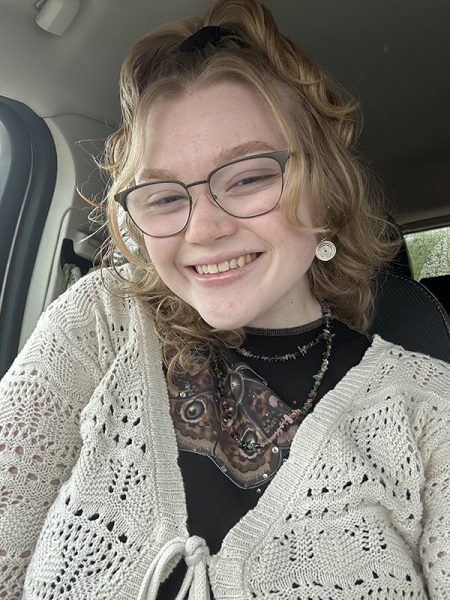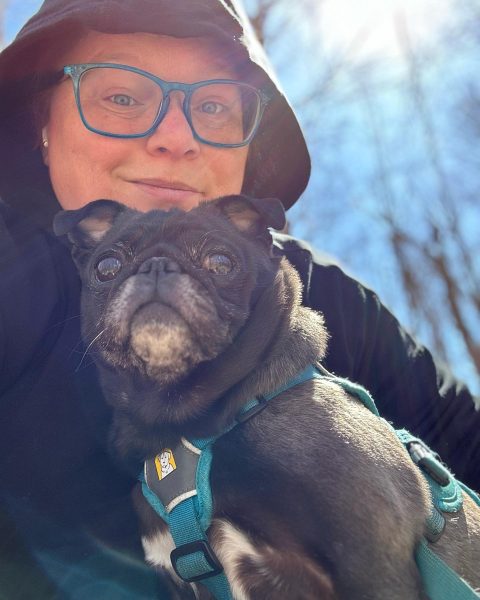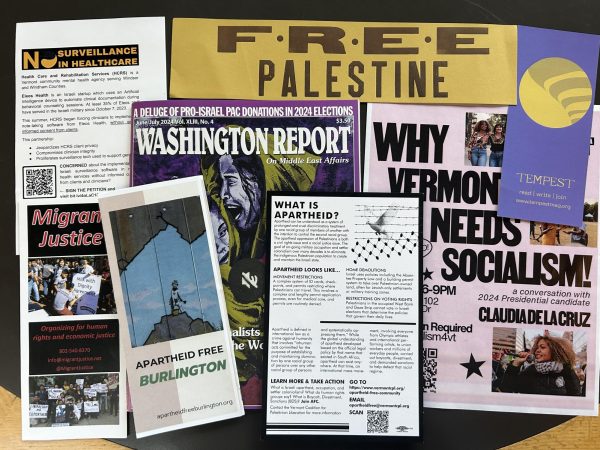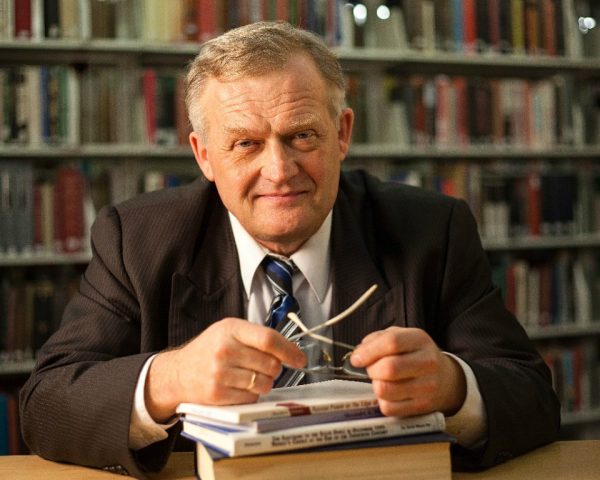BAB makes an impact in Detroit
Danielle Palladino and Hayley May prep for battle
As part of the yearly Badger Alternative Breaks program, 12 members of JSC’s community ventured part-way across the country over February break to help out with community service in Detroit.
Although sometimes called Motor City for its time as a shining example of American industrialism, Detroit has fallen significantly. Since 1950, its population has dropped from over 1.8 million to its current population of less than 700,000. Now a prime example of urban decay, infrastructure collapse and failed politics, Detroit is a place where community service work can really make a difference.
The BAB group’s journey began like so many road trips do: with too many people crammed into one car. Their mode of transportation was a JSC van, which offered a total of 12 seats to accommodate the 12 people on the trip, plus all of their bags.
“It was a tight fit,” said Shannon McDuff, a JSC sophomore majoring in business. “I’m shocked we got everything in there both times. You couldn’t even see out the back window.”
From Johnson to Detroit, the trip took around 15 hours. Approximately two-thirds of those hours were spent in Canada, in order to utilize the fastest route, so travel time also included a fair amount of waiting to cross the border.
Once in the city, the group worked with Cass Community Social Services, a nonprofit organization whose motto on their website reads, “Fighting poverty, creating opportunity.” Relying on volunteer efforts and donations, CCSS provides food, housing, health services, and job programs.
CCSS also provided lodgings for the group at a location called Mom’s Place I. The venue’s primary purpose is to provide shelter for families who have nowhere to go, but it also offers some bunk-bed-filled rooms in the basement for volunteers who don’t have other arrangements.
Matt Hall, a full-time JSC public safety officer who utilized the program’s availability to JSC staff members, provided a run-down of the group’s contributions: “[We] had the privilege of working in the community kitchen, serving food, breaking down old standing closets to make more room for living space, shredding and baling paper, collecting old tires, using those tires to make floor mats which are then sold, cleaning out storage areas, working with mentally challenged adults, and a bunch of other things as well.”
McDuff said that her favorite aspect of the week was working with Cass Green Industries, a subdivision of CCSS. “They employ those with mental disabilities to help sort and shred paper, as well as produce products such as flip-flops and mud mats to sell,” she said. “You’d be surprised how fun sorting legal documents from the 90s can be with the right group of people.”
An experience like this is bound to make an impact. For Megan Cavanaugh, a junior majoring in elementary education, that had a lot to do with the urban landscape.
“The experience that impacted me the most was seeing all the abandoned homes, schools, churches, factories, facilities, et cetera,” she said. “It made me really think about the history behind what we were seeing — who the houses belonged to, what religion worshiped in this church, where the students of this now-abandoned school are. It was incredibly powerful.”
At one point toward the end of their time in the city, the group drove past a school that was abandoned and falling apart, its windows all broken or boarded up and its roof fully collapsed in some places. McDuff said that she looked up the school’s name, and learned that it had been in use as recently as 2005.
“You see these beautiful buildings,” she said, referencing the city’s shocking dichotomy, “and then you drive a little farther and it’s just decay, a whole row of houses just collapsing.”
McDuff’s most memorable experience was with one specific person: a man named Ed who worked for CCSS. “One thing that he said that really stuck with me was that ‘our goal is to go out of business,’” she said and then added, “Cass is here to give out fish if they need to, but really [it is to] teach people to fish for themselves in the end.”
Working so closely with those who have so little was a large factor of the trip, and has made a difference in the way some of the group view poverty and charity.
“[I learned] that you should never donate things that you wouldn’t want, eat, or wear yourself,” said McDuff. “While you think you might be doing a great service by donating your stained shirt or jeans without a button, you’re not. If you were in a situation where you needed assistance, would you want these things that would make you feel like less?”
Hall offered a similar outlook. “Don’t give something that you would just as soon throw in the trash,” he said. “Give something that you feel anyone in life would enjoy. Those are the things that will really matter to them, just like it would matter to anyone else.”
That doesn’t mean that you shouldn’t try to help in whatever way you can.
“I learned that everyone can make a difference in whatever they choose to do,” said Desiree Penrod, a sophomore majoring in psychology. “Nothing is too small when it comes to making a difference in the lives of others.”
Cavanaugh said that the trip helped her to see things in a new light. “My biggest take-away was probably gaining a ‘perspective hat,’” she said. “Before the trip, I took a lot of things for granted and was unaware about the wrongs and rights within our political and economic system . . . This trip opened my eyes to how flawed and biased our systems can be, while also giving me perspective on the struggles [that] communities around us are truly facing.”
When asked if they would recommend the BAB program to others, all of the respondents said yes.
“Not only are the trips themselves great, but there is also an education aspect to BAB which helps you learn about the issues you will be helping to improve,” said Hall. “There is a lot of value to be found in BAB.”
Penrod thinks that the work is what is most important. “I would recommend it based on the community service that is being done,” she said, “and not the location.”
The program is always looking for more people willing to donate one of their breaks. McDuff, who will be applying to be a group leader for next year’s program, made a point to welcome anyone who’s considering joining. “Take a chance and try something new,” she said. “If you’ve done the program before, then recommend it to a friend because we could always use more applicants.”
Danielle Palladino and Hayley May were the group’s two leaders. Including Hall, McDuff, Cavanaugh, and Penrod, the rest of the group consisted of Ben Simone, Kirsty Greeno, Derek Lewis, Delaney Vaughn, Shelby Salomaa, and Sarah Sodaro.
“Overall,” said Penrod, “the experience was great. There were tears and laughs, but we all stuck together and got the job done.”


